House of Pass-ages
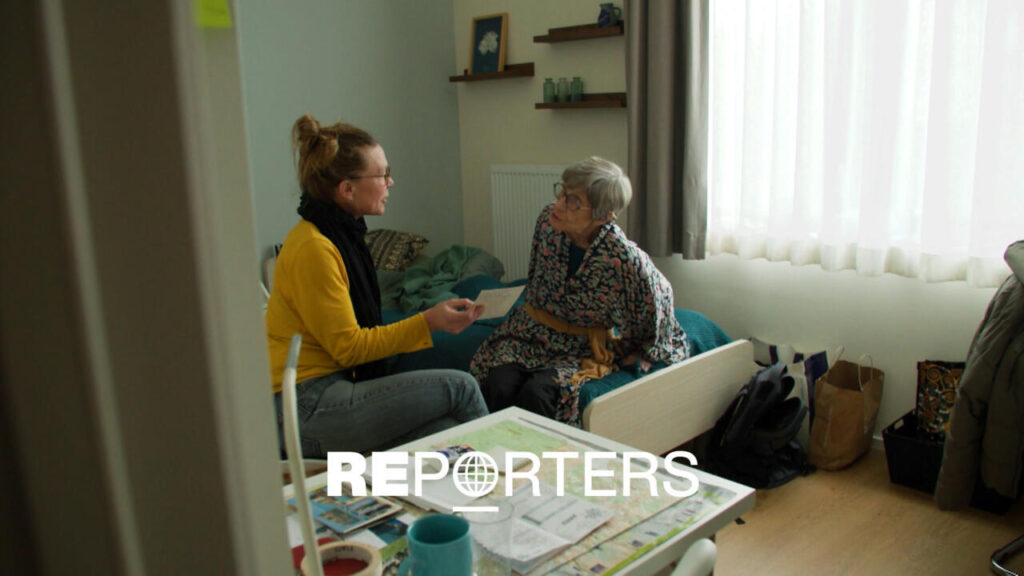
What’s the idea?
A residential apartment building in Brussels, which includes a dedicated apartment for people at the end of their life, and a birthing centre for lives just beginning.
Supported by the building’s residents, a roster of volunteers, and one paid staff member, the house provides a nurturing space for people to be cared for through these most significant moments in life. It is referred to as a ‘middle care’ solution – where birth and death can occur not in a highly medicalised hospital setting (unless escalation is required), and not in the home, but supported by an attentive third party.
The project was initiated by a group of the building’s residents, one of whom describes the rationale:
“Birth and death are alike in many ways.
Perhaps, most of all, in what is needed at the time.
The first need of a mother who gives birth, the first need of someone who is at the end of their life, is for someone to be present”.
In a country facing an acute shortage of palliative care beds, and where hospital is the default setting for birth, the House of Pass-ages provides not only a comforting, safe and nurturing environment for people to move through birth and death, but also a meaningful avenue for community-based caregiving and support.
Why do I love it?
I’ve been through giving birth. I’ve sat with people who are dying. And I’d want an environment like this for myself – whether to give birth in, as a space to bear witness to a loved one’s passing, or to be cared for through my own. Simple as that.
Being located in a residential apartment building makes it so easy and accessible for residents to participate in community-based care. They don’t need to have specialised skills (which are provided by other volunteers and the paid staff member), and it offers an avenue to support people outside their own personal networks. One of my favourite moments is watching Therese – an older woman who lives in the building – dropping off an Osso Bucco that she has cooked for the new mother to enjoy after birth. Not only do the new parents and the dying benefit from this rich blanket of support, but those who participate also get to feel useful. Connected. Purposeful. Embedded in community.
Our current culture celebrates and leans towards birth, but fears and withdraws from death. By placing birth and death side by side, under the one roof, the House of Pass-ages gently reminds us that both are equally natural, equally universal stages of the human journey – and that both deserve our presence, our attention and our engagement. The warm, homely environment offers a space where people can truly show up for these profound experiences and all that they bring. And for those living in the building, death becomes woven into the everyday – not hidden or avoided. I believe that living with an awareness of mortality allows us to live more fully, more presently, and more meaningfully. So in this sense, I see that the House provides a significant offering not only for those being cared for, but for the residents themselves.
I love this as an example of how community-based solutions and communal care-giving models can take pressure off overburdened aged care and medical systems. Imagine the impact of a House of Pass-ages in every community! There’s a social return on investment worth calculating…
It also reminds me of an idea I had a few years ago now… which I then called the ‘House of Life’. I imagined dedicated, beautifully designed House of Life buildings in communities all around Australia, serving as hubs for intergenerational programs, child care, end of life care, community learning, skill sharing, storytelling, youth mentoring… you name it. It still sits in the back of my mind, waiting for an opening to spring to life. I’ll leave it as a seed here, for now.
Now over to you…
💡 What does this example spark for you?
🏢 If you live in a residential apartment building, can you imagine a model like this taking root where you live? Why or why not?
🏡 If you live in a house, what might a street-based (rather than building based) version of this look like?
🌱 Have you seen an example of anything similar happening here in Australia?
🗺️ Do you know of a place or community that might welcome and run with this idea?
Urna neque porttitor nisl viverra ultricies varius. Suspendisse ultricies sodales auctor urna amet montes. Velit dolor arcu fermentum consequat sagittis pharetra quis. Elementum leo id hac etiam. Tristique pulvinar suscipit suscipit placerat turpis id at ultrices convallis.
Eu proin vulputate egestas sed habitasse nunc. Sed cras gravida orci massa. Vitae interdum aenean lorem feugiat risus turpis elit urna luctus. Lectus at velit posuere suspendisse ultrices risus mi convallis. Platea enim consectetur pretium pharetra sollicitudin fames. Orci semper cras lobortis elementum ut. Enim viverra odio sed pharetra. Ultricies mauris proin ipsum pellentesque amet at nisl scelerisque integer. In porttitor semper pharetra dis nunc odio consequat ipsum pharetra. Molestie quam egestas nunc bibendum mauris cursus. Quis eget sagittis neque in laoreet et.
Faucibus a id et placerat a. Risus elit turpis suspendisse lacus id. Tortor faucibus ultrices malesuada ut nunc. At vulputate eget eget tortor. Erat.
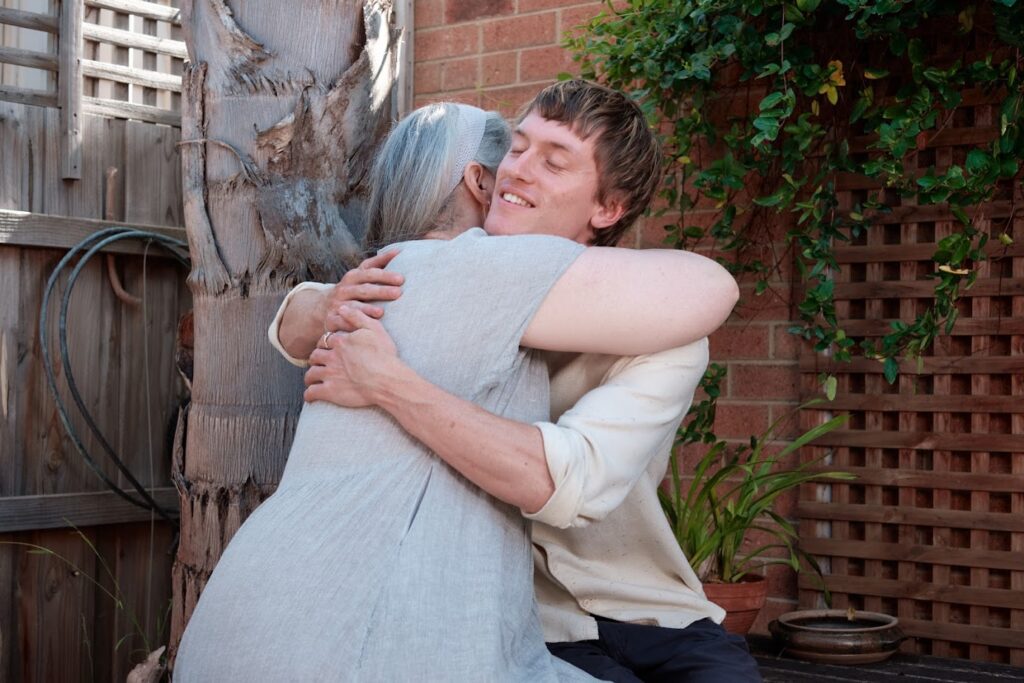
You may also be interested in these stories
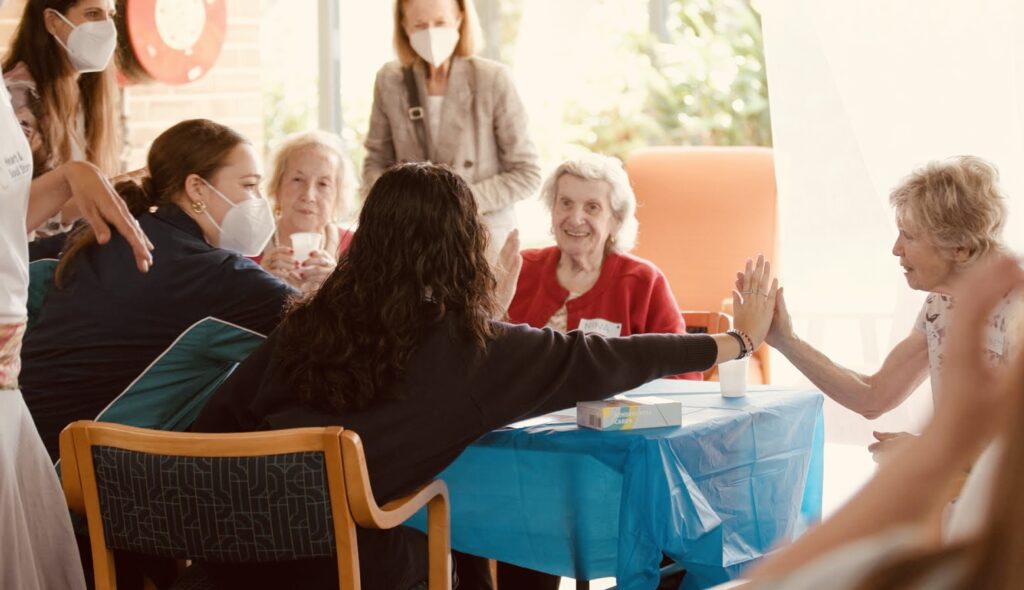
The Seniors and Teens Empathy Program
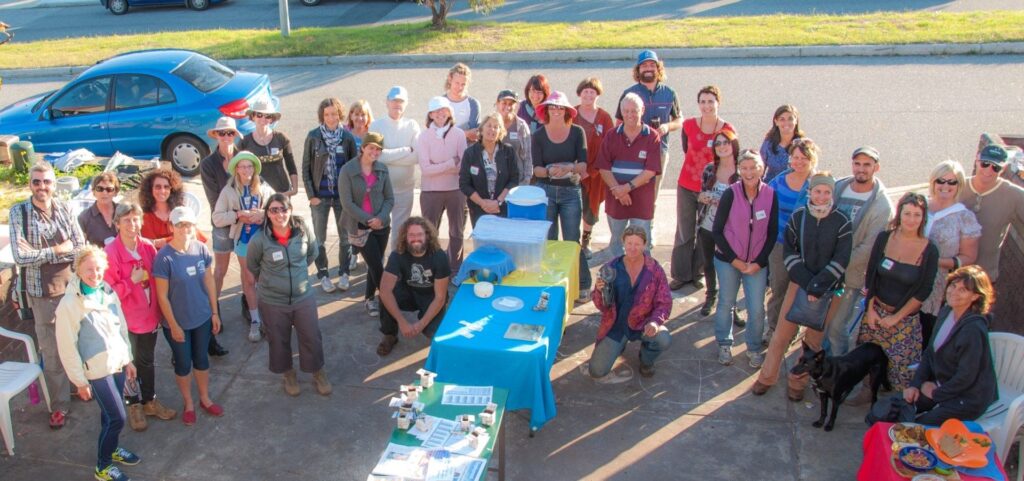
Ecoburbia & the West Beacy Bunch
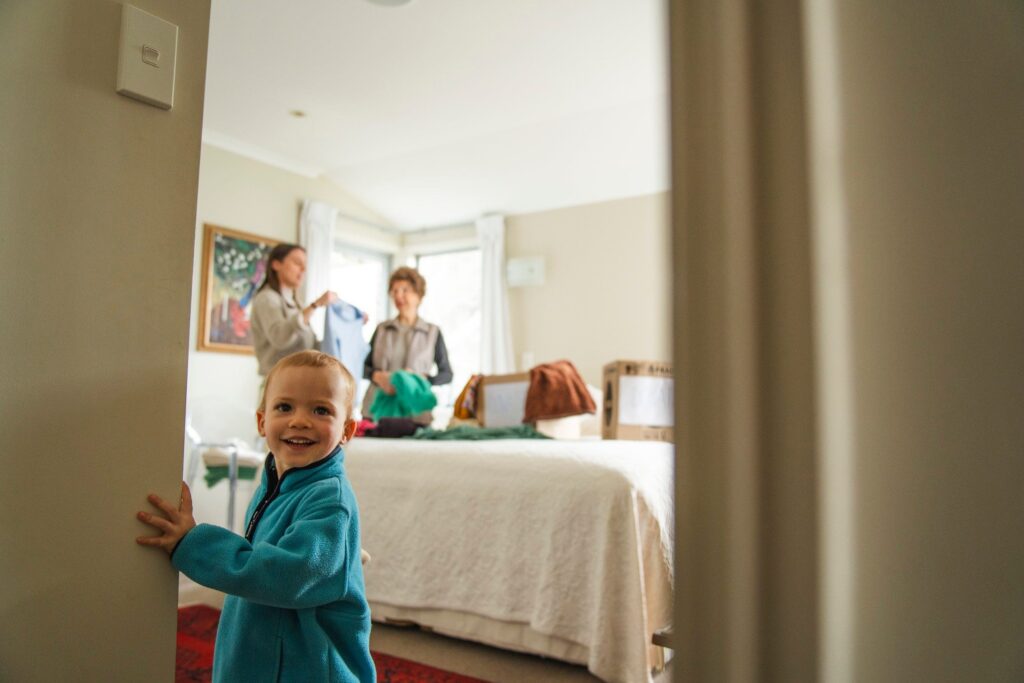
RockPool Collective
Find your way in
Keen to join the conversation about these ideas, contribute your voice and perspective, or work with others to find new ways forward? Check out ways that you can join the change and participate in our work
